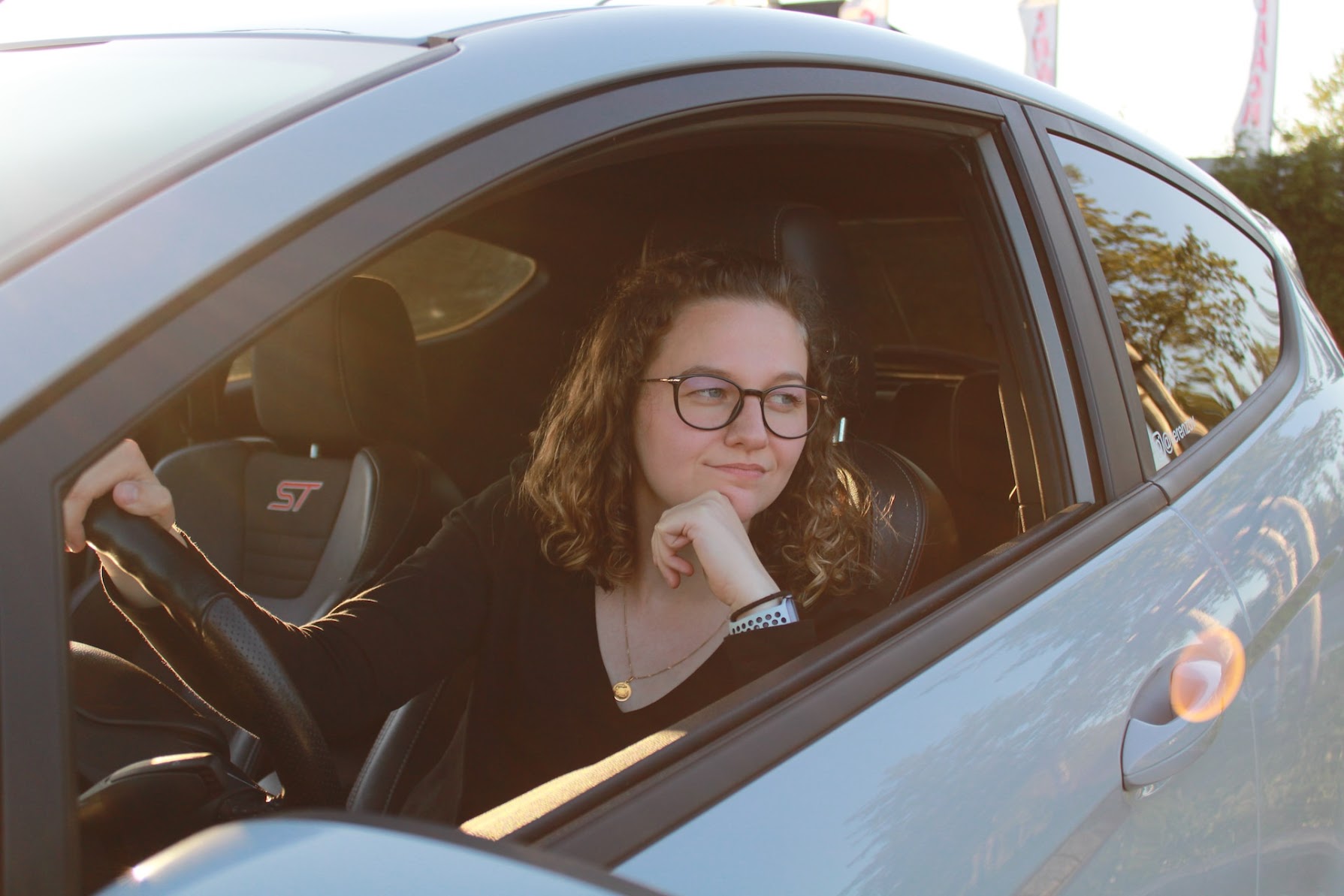Driving and vision - is your eyesight good enough?

Driving and vision - is your eyesight good enough?
Did you know that many people are not aware that they need glasses for driving and millions risk getting behind the wheel without a pair even when they do? Hitting the road with poor vision can invalidate your car insurance, cause a fatal accident and land you in trouble with the law. As news broke recently that police can now perform roadside eye tests on demand, motorists who fail the test may face up to a £1,000 fine, three points on their licence or being banned completely.
Regular tests
It is advisable to have your eyes examined at least every two years or more frequently if advised by your optometrist. Many eye conditions do not present with symptoms until they are advanced and eye health is very difficult to self monitor. Whilst your optician does not need to report your level of vision to the DVLA, you will need to notify the DVLA if you have a medical condition that affects your driving. So what does good eyesight look like out there on the roads?
Driving standards
Legally we need to be able to read a number plate at least 20 metres away. This is only assessed at physical driving tests, suggesting motorists could be going years without regular eye checks to ensure they are safe enough to drive. It is worth bearing in mind that everyone’s level of vision will drop in poor light or poor weather conditions. Drivers must also have a visual acuity of at least 6/12 measured at a sight test on the Snellen Scale (with glasses or contact lenses). The rules are slightly different for bus, lorry and taxi drivers so we always recommend reviewing the government website before driving. https://www.gov.uk/driving-eyesight-rules
The eyes’ performance
There are two types of vision we use when driving. Our central vision and our side (or peripheral) vision. Central vision allows us to focus on how far cars are away from us and to read road signs. It sends messages to the brain to ensure we are driving safely and to spot potential hazards in the road. Our eyes are the most important tool for driving so sharp and comfortable vision is essential. Peripheral vision is more perceptive to light and movement. Consider an ambulance coming from a different direction or pedestrians waiting to cross the road. These hazards would all be detected using our side vision.
Night driving
Darkness can make it harder to see when driving, but even more so for those with poor vision. The low light levels cause our pupils to dilate and this can make it more difficult to focus and cause problems with glare. It is therefore essential to wear glasses if you have been prescribed them, as glare from high beam headlights, traffic lights and street lamps can make it more difficult to drive in the dark. Blurry eyes when driving could also be early signs of other eye issues like cataracts and astigmatism, so speak to us and schedule an appointment if you are suffering with blurred vision.
What to wear?
If you experience glare when driving at night, we recommend a good quality anti- reflection coating such as the SeeCoat Drive lens coating by Nikon, or the Drivesafe lens by Zeiss. These lenses have coatings which reduce glare from oncoming street lights and headlights when driving in the dark. We would not recommend that you wear tinted glasses or lenses when driving at night, but such lenses can be very useful in day time conditions. Sunlight glare can be as much as a driving hazard as driving while using a mobile phone! We offer a wide range of tints which will eliminate glare and provide better contrast when driving in changing light conditions. However, avoid green, blue and red tints as these colours can distort traffic lights, and other colours on the road that are important for your safety.
